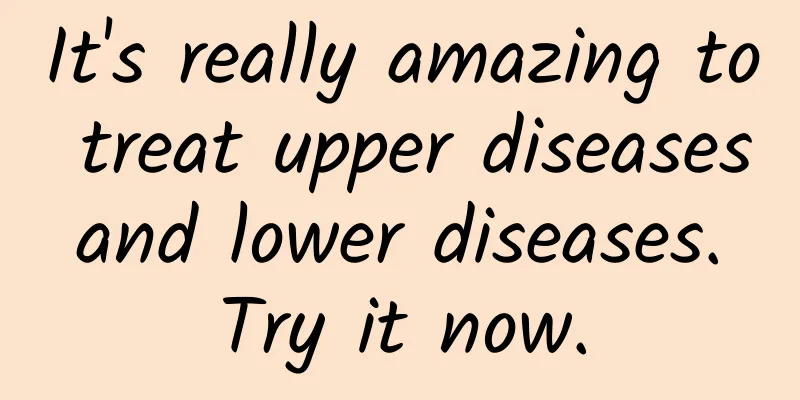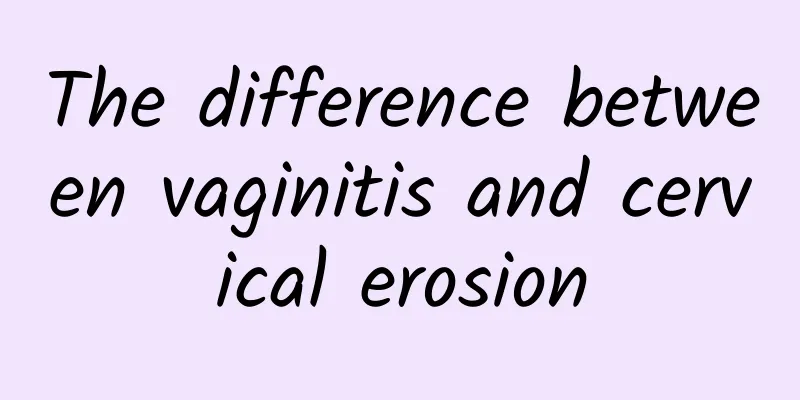What to do if your teeth are loose

|
Tooth shaking, that is, loose teeth, the shaking proves that the looseness is quite serious. There are many reasons for this, such as caries, external force impact, etc. At this time, you should seek medical attention in time. The doctor will take the next step of treatment according to the clinical classification. If the shaking is indeed serious, it should be removed in time. If it is not particularly serious, consolidation and repair methods should be taken in time. What to do if your teeth are loose 1. If the teeth are severely loose and the surrounding inflammation is extensive, forcibly retaining them may cause the inflammation to spread to adjacent teeth, causing inflammation around the adjacent teeth and leading to a series of diseases such as loose teeth. Therefore, removing excessively loose teeth is also a treatment method. 2. Loose teeth caused by bite problems should be diagnosed by a dentist. If accompanied by periodontitis, periodontal treatment should be performed first, and the remaining occlusal problems can be adjusted later. The way to adjust the bite is to grind the parts of the teeth that interfere with the bite. Doctors are usually cautious when grinding, and the amount of adjustment is very small, so several grindings may be needed. 3. Loose teeth caused by trauma should not be delayed, the earlier the treatment, the better.4. If tooth loosening is caused by periapical inflammation, the periapical inflammation should be resolved first. After root canal treatment or other treatments by a dentist, the looseness of the teeth will generally be alleviated as the periapical inflammation subsides. Clinical classification Loose teeth can be caused acutely or progress slowly over time, and may or may not be accompanied by tooth pain and discomfort. The main effect on people is the feeling of weakness or discomfort when chewing food. Depending on the degree of tooth looseness, it can be clinically divided into three degrees: degree I to degree III. Grade I tooth looseness means that the mobility in the buccolingual direction (inside and outside direction) is within 1mm, and there is no mobility in other directions; Grade II tooth looseness has two situations, one is that the mobility in the buccolingual direction (inside and outside direction) is between 1~2mm, and the other is that the teeth have mobility in the buccolingual direction (inside and outside direction) and mesiodistal direction (left and right direction); Grade III tooth looseness also has two situations, one is that the mobility in the buccolingual direction (inside and outside direction) exceeds 2mm, and the other is that the teeth have mobility in three directions: buccolingual direction (inside and outside direction), mesiodistal direction (left and right direction) and vertical direction (up and down direction). The degree of tooth looseness increases from Grade I to Grade III, which has a greater impact on the patient's life. Generally speaking, the possibility of tooth loss or extraction is also greater. |
<<: What to do if your teeth shift
>>: Can loose teeth be extracted?
Recommend
40-year-old women's ovarian maintenance
The ovaries are the key to keeping women healthy....
What are the side effects of giving birth with anesthesia?
Women who undergo cesarean section need to receiv...
What are the types of sinus arrhythmia?
Sinus arrhythmia is a heart disease. This disease...
Is Huaqingdan a regular medicine?
Many female friends will have gynecological disea...
There is a small white spot on the lower eyelid
The eyes are the windows to the soul, and they ar...
Is it good to do scraping regularly?
Gua Sha is a very common Chinese medicine treatme...
What medicine should I take for Trichomonas vaginitis
Trichomonas vaginitis is a relatively common type...
What to do if your child becomes red and swollen after vaccination
Medicine is relatively developed nowadays. If the...
How long after face-lift injection can I apply a facial mask
After getting a face-slimming injection, it doesn...
Which department should I go to for pharyngitis? How to treat it with traditional Chinese medicine
Speaking of pharyngitis, I believe many people wi...
What happens if blisters grow near the mouth?
The condition of the mouth has a great impact on t...
What are the benefits of groin tapping?
Different parts of the human body have different ...
What to use for foot bath if you have athlete's foot
Even though having athlete's foot is a very e...
Red blood spots on the palms
If red blood spots appear, it may be a skin disea...
Anxiety can actually cause pain in the body
There are many symptoms of anxiety disorder, the ...









